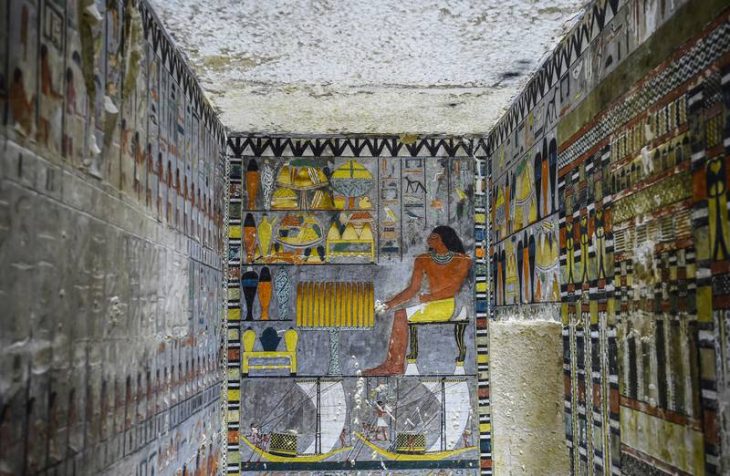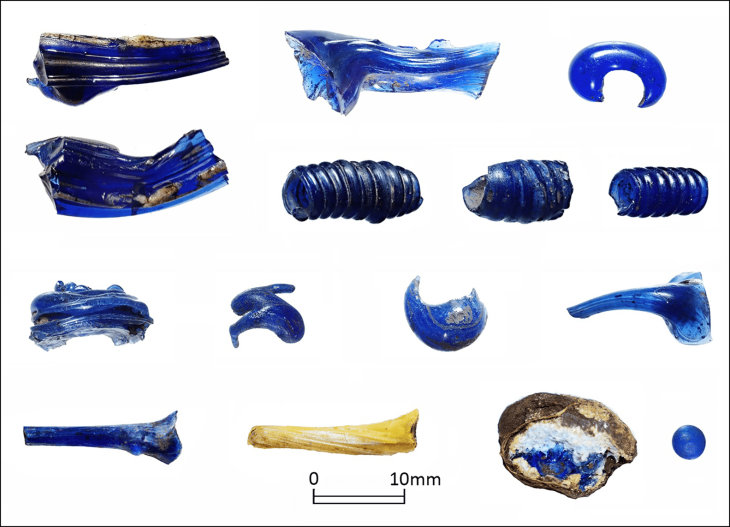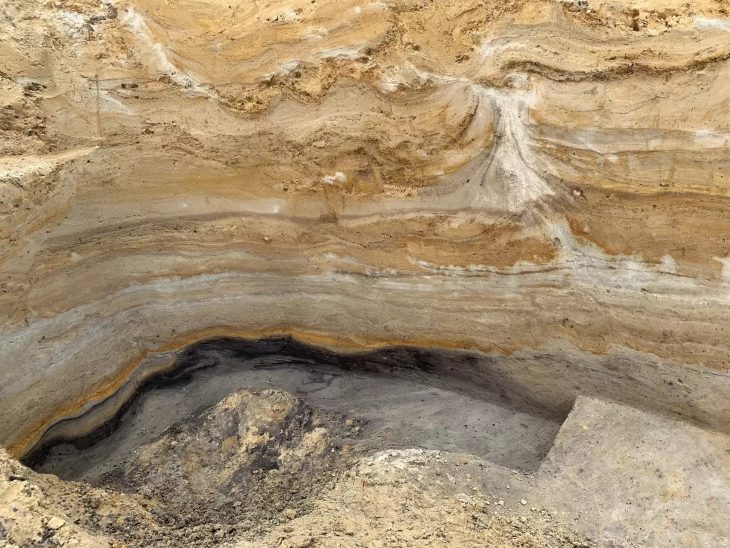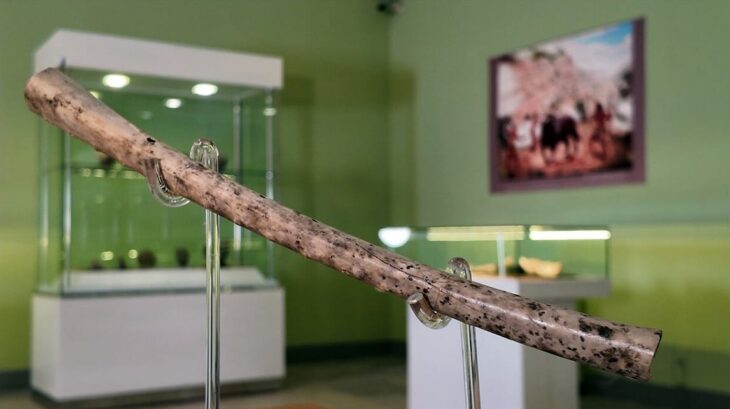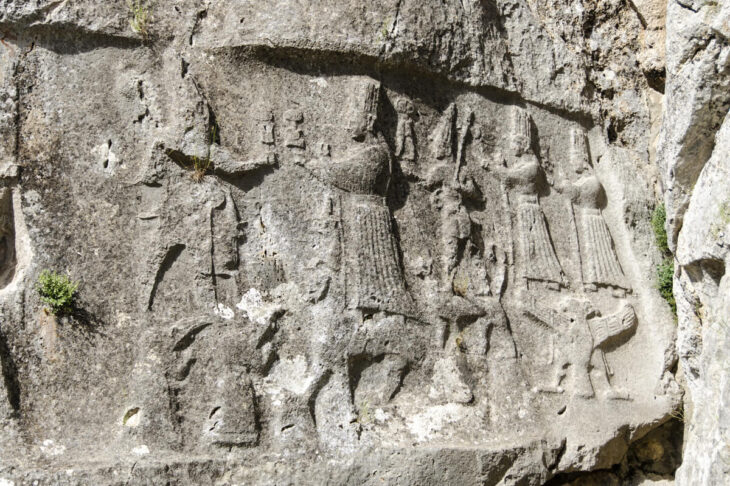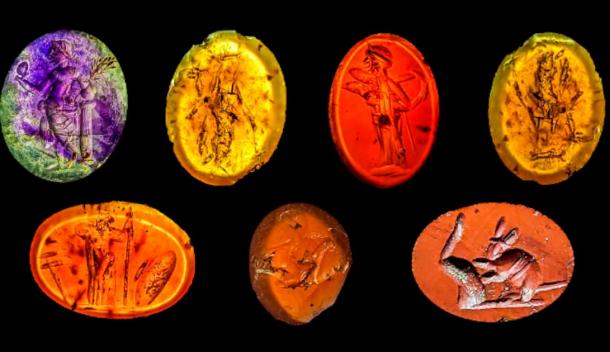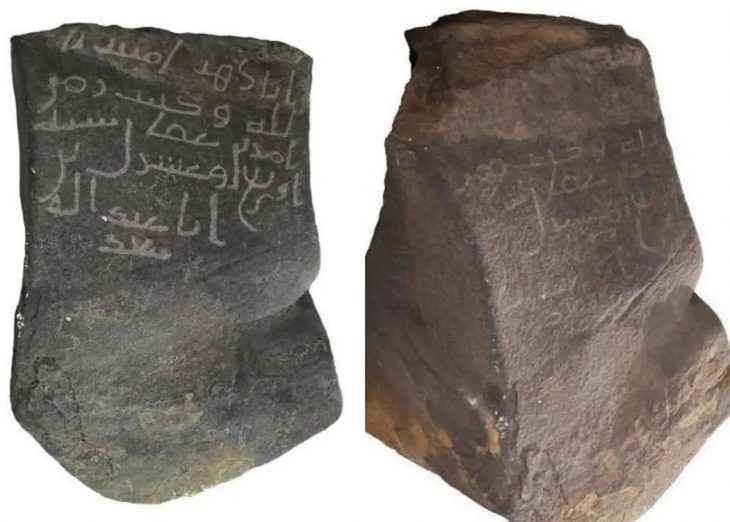In Norfolk, a metal detector uncovered an ancient Roman fragment made of gilded silver. The piece was clearly a part of something, but what?
Although experts from the UK and Europe have been consulted, the mystery remains unsolved.
Is it a piece of an old Roman inscription or some other unidentified artifact? Scientists acknowledge their frustration in their inability to identify the late Roman-era 1 in (26mm) by 0.5 in (13mm) piece discovered close to Diss.
Finding the Norfolk county liaison officer, Dr. Helen Geake told the BBC: “The most basic question of all is, ‘what was this?’ … it’s a bit frustrating.”
“It is at the high end of silver-smithing in the Roman world and part of the sort of thing that would have been produced and used across the whole of Roman Empire, from Egypt to Hadrian’s Wall, from Morocco to Hungary.
📣 Our WhatsApp channel is now LIVE! Stay up-to-date with the latest news and updates, just click here to follow us on WhatsApp and never miss a thing!!
But what is it? If we can’t find a parallel already in a collection, we can’t say what it was or what it was part of,” Dr. Geake said.

“I hope someone gets in touch with the answer,” Dr. Geake added.
The last time she appealed for help with a mysterious object, she was contacted on Twitter by someone who had the solution.
The thin fragment was discovered by a detectorist who reports his finds to the Portable Antiquities Scheme on a regular basis.
Many hundreds of thousands of archaeological artifacts have been found by members of the public in Britain, and the British Museum just announced that 1.5 million of those artifacts have now been recorded under its Portable Antiquities Scheme. These finds have radically transformed what we know about life through time on the British Isles.
Cover Photo: A close-up of the curious Roman fragment. Andrew Williams/ Norfolk County Council


